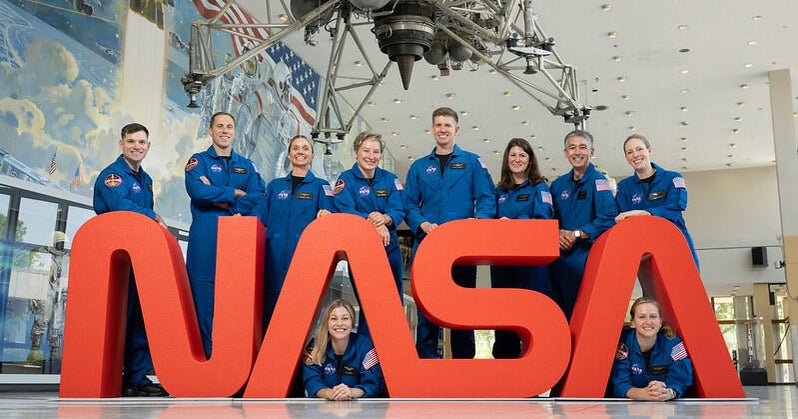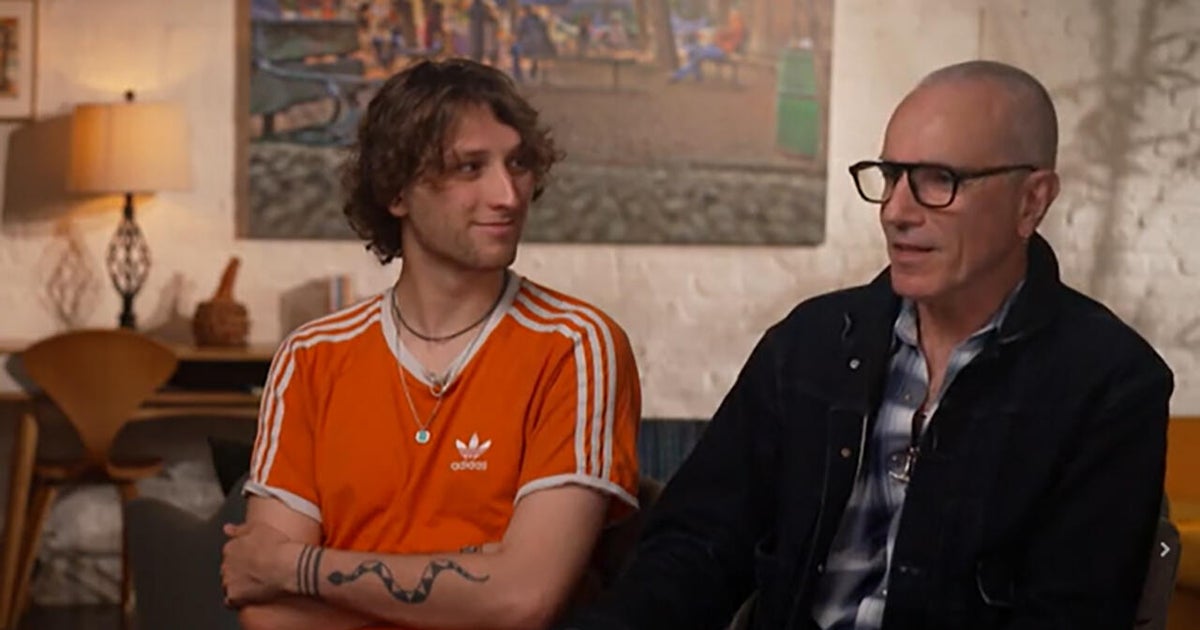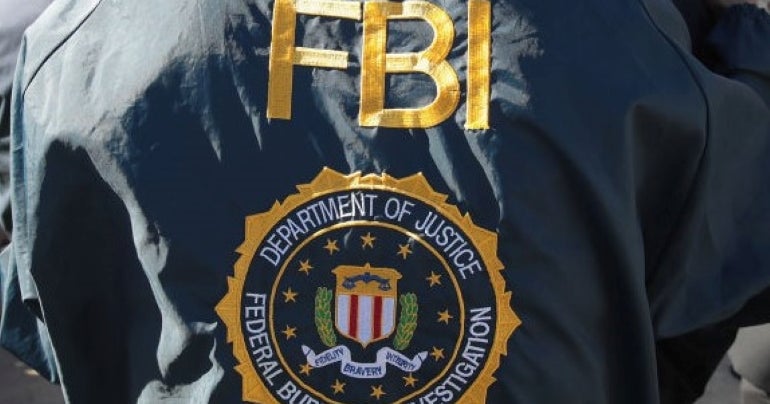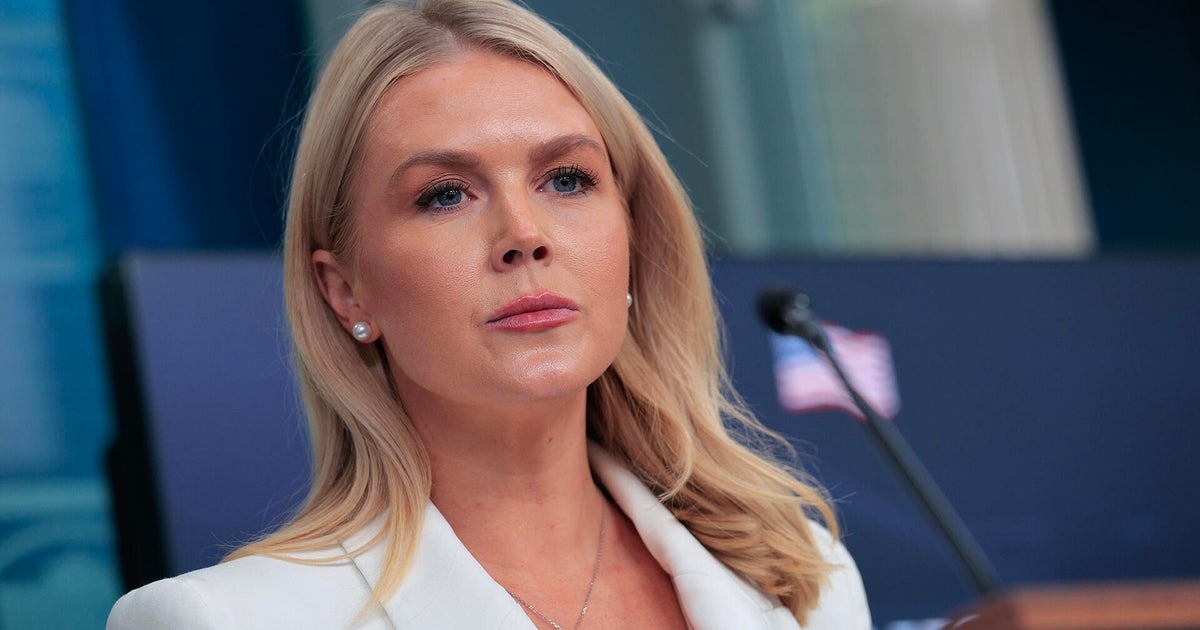NASA on Monday introduced 10 new astronauts, four men and six women selected from more than 8,000 applicants, to begin training for future flights to the International Space Station, the moon and, eventually, Mars.
“One of these 10 could actually be one of the first Americans to put their boots on the Mars surface, which is very, very cool,” Secretary of Transportation Sean Duffy, and NASA’s acting administrator, said in welcoming remarks.
“No pressure, NASA, we have some work to do,” he said.
This is NASA’s first astronaut class with more women than men. It includes six pilots with experience in high-performance aircraft, a biomedical engineer, an anesthesiologist, a geologist and a former SpaceX launch director.
Among the new astronaut candidates is 35-year-old Anna Menon, a mother of two who flew to orbit in 2024 aboard a SpaceX Crew Dragon as a private astronaut on a commercial, non-NASA flight.
“I am so thrilled to be back here with the NASA family,” Menon said. “As more and more people venture into space … we have this awesome opportunity to learn a tremendous amount to help support those astronauts … and help keep them healthy and safe. So it’s an exciting time to be here.”
Menon worked for NASA for seven years as a biomedical researcher and flight controller before joining SpaceX in 2018. She served as a senior engineer and was later selected as the onboard medical officer during the commercial Polaris Dawn mission, chartered by billionaire Jared Isaacman.
She married her husband Anil in 2016 while both were working for NASA. A former Air Force flight surgeon, Anil Menon joined SpaceX as its first medical officer in 2018. He joined NASA’s astronaut corps in 2021 and is now assigned to a long-duration space station crew scheduled for launch aboard a Russian Soyuz next summer.
Anna and Anil Menon are among several couples who served in the astronaut corps at the same time. But only one couple ever flew in orbit together — shuttle astronauts Mark Lee and Jan Davis in 1992.
The other members of the 2025 astronaut class are:
The new astronaut candidates will spend two years training at the Johnson Space Center and around the world with partner space agencies before becoming eligible for flight assignments.
The new astronauts are joining NASA‘s ranks at a time of great uncertainty given the Trump administration’s budget cuts, plans to retire the ISS at the end of the decade and challenges faced by the agency’s Artemis moon program.
Under the Trump administration’s planned budget cuts, future NASA crew rotation flights have been extended from six months to eight, reducing the total number of flights through the end of the program. In addition, crew sizes are expected to be reduced.
It’s not clear how many of the new astronauts might be able to fly to the ISS before it’s retired or how many might eventually walk on the moon. Whether NASA can get there before the Chinese, who are targeting the end of the decade for their own moon landing mission, is also uncertain.
But Duffy assured the new astronaut candidates that NASA will, in fact, beat China back to the moon.
“Some are challenging our leadership in space, say, like the Chinese,” he said. “And I’ll just tell you this: I’ll be damned if the Chinese beat NASA or beat America back to the moon. We are going to win … the second space race back to the moon, with all of you participating in that great effort.”
As for flights to Mars, which the Trump administration supports, flights are not yet on the drawing board and most experts say no such NASA mission is likely to launch within the next decade and probably longer.




